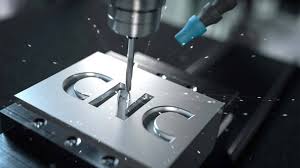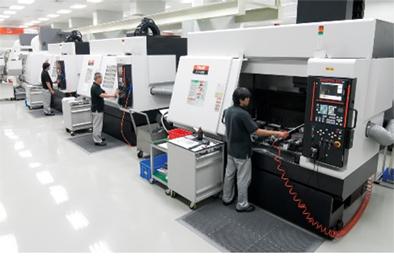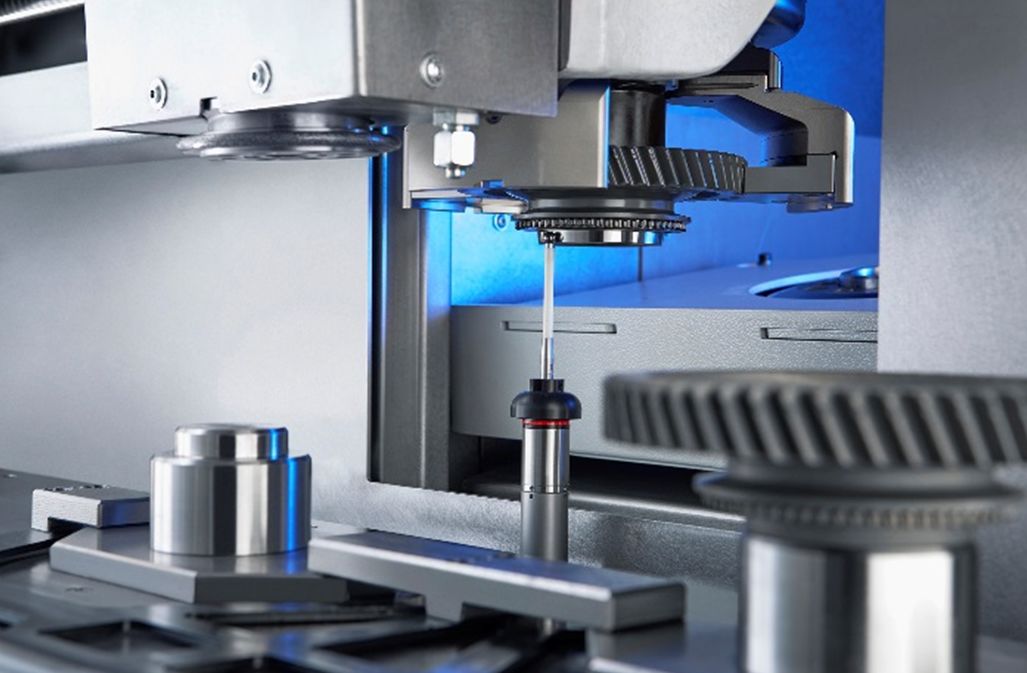Injection molding is a cornerstone of modern manufacturing, producing everything from automotive parts to medical devices. However, achieving consistent quality hinges on mastering three critical parameters: temperature, pressure, and cycle time. This guide dives into the science behind optimizing these settings for peak performance, reduced defects, and improved production efficiency—all while incorporating.

1. Temperature Control: Balancing Melt and Mold
Temperature is the backbone of successful injection molding. Two zones demand attention: melt temperature (heating the polymer) and mold temperature (cooling the molten material).
Melt Temperature:
Too low: Incomplete filling, surface defects (e.g., flow lines).
Too high: Thermal degradation, warping, or discoloration.
Pro Tip: Follow material-specific guidelines (e.g., 200–300°C for ABS, 260–320°C for nylon).
Mold Temperature:
Affects cooling rate, crystallinity, and part shrinkage.
Higher mold temps improve surface finish but extend cycle times.

2. Pressure Settings: Injection and Holding Phases
Pressure ensures material flows smoothly into the mold cavity and compensates for shrinkage.
Injection Pressure:
Determines how quickly molten plastic fills the mold.
High pressure minimizes air traps but risks flash formation.
Optimize using terms like "injection pressure calibration" or "pressure control in molding."
Holding Pressure:
Maintains pressure during cooling to prevent sink marks.
Adjust based on material viscosity and part geometry.

3. Cycle Time: Speed vs. Quality
Cycle time—the total duration of one molding cycle—directly impacts productivity. Key phases include:
Fill Time: Faster fills reduce viscosity but may cause shear stress.
Cooling Time: Accounts for 50–80% of the cycle. Use simulations to balance efficiency and part integrity.
Ejection Time: Ensure parts are rigid enough to avoid deformation.
The Science of Synergy: Balancing Parameters for Success.The interplay of temperature, pressure, and time is non-negotiable. For example:High melt temps may require lower injection pressure to avoid degradation.Extended cooling times reduce warping but slow production.Use Design of Experiments (DOE) or AI-driven tools to identify ideal combinations.
Precision Drives Profitability
Optimizing injection molding parameters isn’t guesswork—it’s a data-driven science. By fine-tuning temperature profiles, pressure phases, and cycle durations, manufacturers can slash defects, boost throughput, and deliver high-quality parts.Master these principles, and your injection molding process will not only meet but exceed industry standards—keeping you competitive in a fast-paced market.
Need details? Contact our engineering team for tailored solutions!